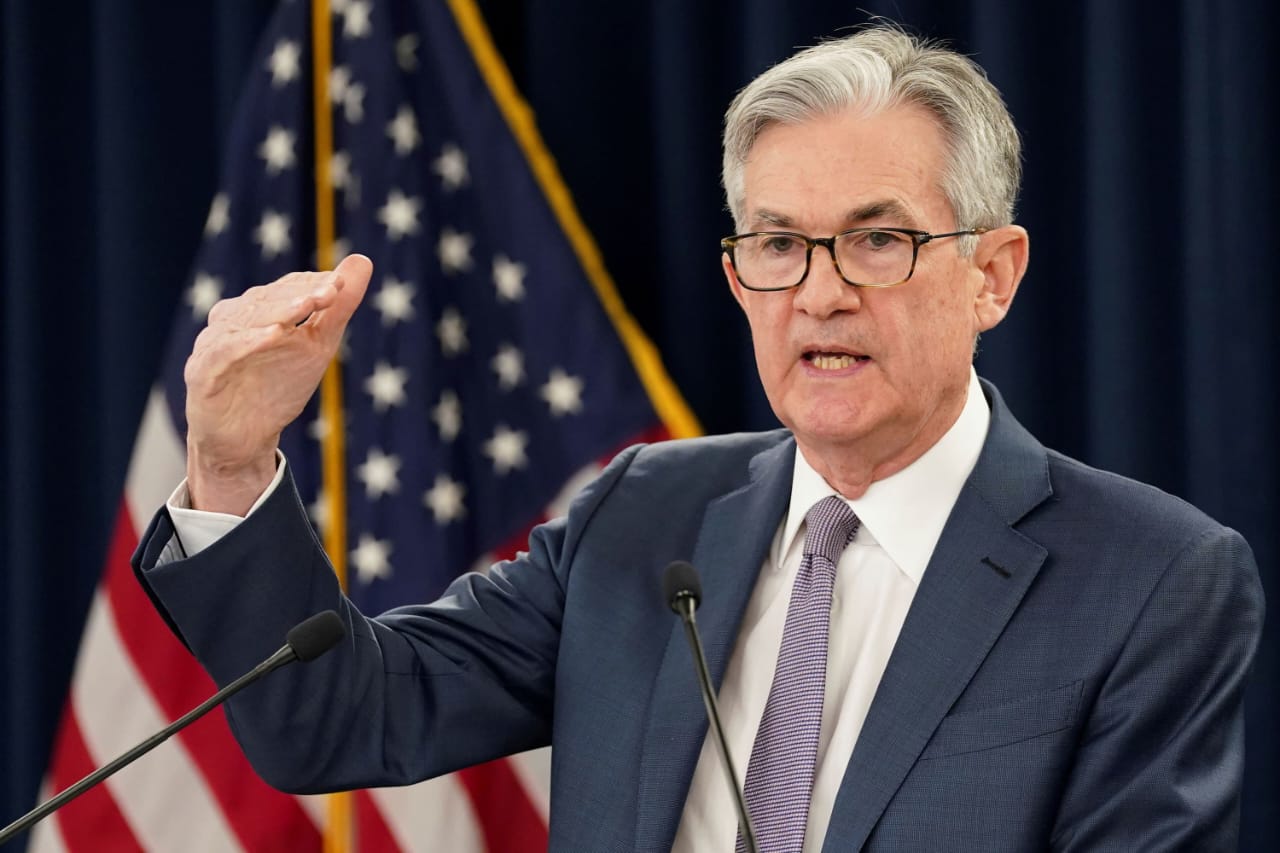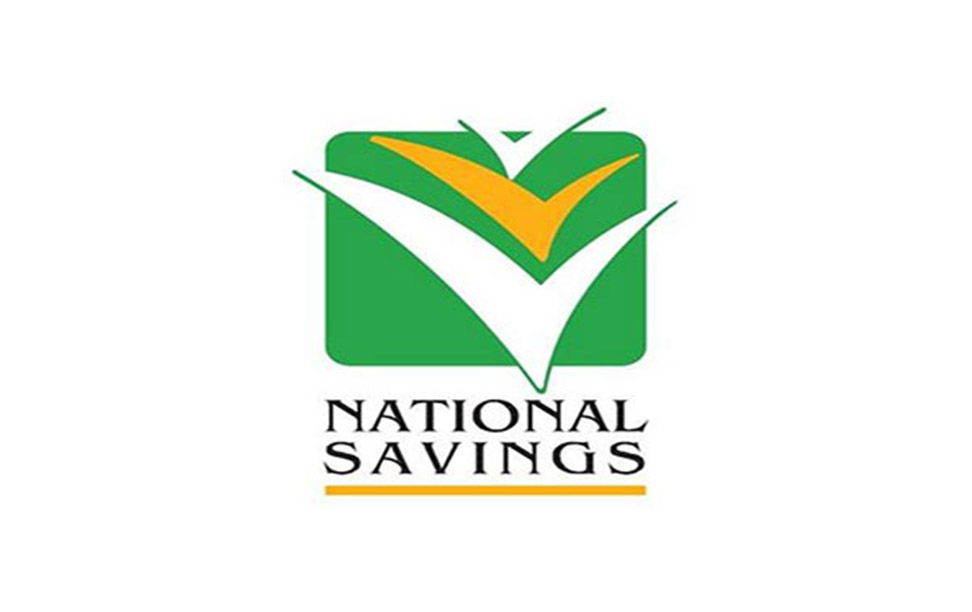US Fed cuts interest rates by 0.25%

By MG News | December 19, 2024 at 10:21 AM GMT+05:00
December 19, 2024 (MLN): The Federal Reserve announced a policy decision to cut interest rates by 0.25% on December 18.
This decision was accompanied by Federal Open Market Committee member forecasts, which reflected expectations of fewer and slower additional Fed interest rate cuts through the end of 2025, 2026, and 2027 than the FOMC forecasted in September 2024.
The U.S. central bank cut interest rates on Wednesday, as expected. However, Federal Reserve Chair Jerome Powell said that further reductions in borrowing costs will depend on additional progress in lowering stubbornly high inflation.
He remarks that policymakers are beginning to consider the prospects for sweeping economic changes under a Trump administration.
Powell's explicit and repeated references to the need for caution from here on jolted Wall Street, sending stocks sharply lower and bond yields higher.
This led investors to dial back estimates of how far borrowing costs are likely to fall over the coming year.
"I think we're in a good place, but I think from here it's a new phase", Powell said.
"We're going to be cautious about further cuts," Powell further added at a press conference after the central bank's policy-setting Federal Open Market Committee cut its benchmark interest rate by a quarter of a percentage point at the end of a two-day meeting.
Powell described at length the ways in which inflation has improved since peaking in 2022.
However, he also highlighted how inflation has disappointed by moving "sideways" in recent months, with shelter costs in particular improving more slowly than the Fed expected.
While he said the Fed remained confident price pressures would continue to ease, he also acknowledged central bank staff and policymakers were beginning to at least preliminarily think through how President-elect Donald Trump's promises of higher tariffs, tax cuts and tougher immigration policy will change the outlook.
"Some people did take a very preliminary step and start to incorporate highly conditional estimates of economic effects of policies into their forecasts at this meeting," Powell said.
He was referring to an outlook in which U.S. central bankers anticipated a higher inflation outlook and fewer rate cuts next year.
An index of policymakers' sense of risk around their projections also shifted sharply higher for inflation.
A separate measure of uncertainty increased as well, marking an abrupt change from the outlook issued in September, before the Nov. 5 U.S. presidential election.
Powell said those changes were largely driven by data, but analysts saw the beginnings of a reckoning with Trump policies that many expect will add to inflation pressures.
The new projections show officials expect the personal consumption expenditures price index excluding food and energy costs, or core PCE, to be stuck at 2.5% through 2025, an improvement over this year's 2.8% but significantly higher than the Fed's 2% target.
"Uncertainty and upside risks to core PCE inflation both up sharply since September. This seems to largely reflect new government policies' potential impact," said Karim Basta, chief economist with III Capital Management.
The Fed, which hiked rates aggressively in 2022 and 2023 to combat a surge in inflation, began its easing cycle in September with a half-percentage-point cut in borrowing costs, and followed up with a quarter-percentage-point cut last month.
Going into this week's meeting the central bank had been widely expected to deliver a "hawkish" rate cut by estimating roughly half the policy easing in 2025 than the 100 basis points policymakers had projected three months ago.
However, by the time Powell had finished speaking, only one 25-basis-point cut for next year was reflected in market pricing.
The changed outlook highlights some of the challenges Trump may face in delivering on key campaign promises.
Tighter Fed policy is likely to keep important consumer interest rates, like those on home mortgages, elevated.
Additionally, less improvement on inflation could undermine his pledge to lower prices.
Powell even said the decision to lower the policy rate to the 4.25%-4.50% range this time was a "closer call" than implied by financial markets that considered the cut a near certainty ahead of the meeting.
The decision drew a dissent from Cleveland Fed President Beth Hammack, who joined the central bank earlier this year and indicated she would have preferred to leave rates unchanged at this week's meeting.
But Powell was also clear that the baseline outlook was for the economy to continue to perform well with ongoing growth, low unemployment and inflation that officials expect to drift slowly lower.
Rates will fall again once inflation shows it is making more progress. "The extent and timing of additional adjustments to the target range" will depend on "incoming data, the evolving outlook, and the balance of risks," the Fed said.
This sets up a likely pause to the rate cuts beginning at the Jan. 28-29 meeting.
A line chart titled "US federal funds target rate" that tracks the metric over time. The interest rate was lowered 0.25 percentage points in December.
U.S. central bankers now project they will make just two quarter-percentage-point rate reductions by the end of 2025.
That is half a percentage point less in policy easing next year than officials anticipated as of September.
Fed projections of inflation for the first year of the new Trump administration jumped from 2.1% in their prior projections to 2.5% in the current ones.
Slower progress on inflation, which is not seen returning to the 2% target until 2027, translates into a slower pace of rate cuts.
This results in a slightly higher ending point for rates at 3.1%, also to be hit in 2027, versus the prior "terminal" rate of 2.9% seen as of September.
A scatter chart titled "The Fed’s dot plot." Interest rate projections by officials at the Federal Open Market Committee
The new policy rate is now a percentage point lower than the peak reached in September when officials concluded inflation was likely on the way back to the 2% target and that there were risks to the job market of keeping monetary policy too tight for too long.
Key measures of inflation have changed little since then, while continued low unemployment and stronger-than-expected economic growth have sparked debate among policymakers about whether monetary policy is as tight as thought.
Though Trump doesn't take office until Jan. 20, Powell said that Fed staff have been gaming out different scenarios for what could be an unpredictable year.
"It's very premature to try to make any kind of conclusion. We don't know what will be tariffed, from what countries, for how long and what size.
We don't know whether there will be retaliatory tariffs," Powell said. "What the Committee is doing now is discussing pathways and understanding the ways in which tariffs can affect inflation."
Copyright Mettis Link News
Related News
| Name | Price/Vol | %Chg/NChg |
|---|---|---|
| KSE100 | 131,949.07 198.95M |
0.97% 1262.41 |
| ALLSHR | 82,069.26 730.83M |
0.94% 764.01 |
| KSE30 | 40,387.76 80.88M |
1.11% 442.31 |
| KMI30 | 191,376.82 77.76M |
0.36% 678.77 |
| KMIALLSHR | 55,193.97 350.11M |
0.22% 119.82 |
| BKTi | 35,828.25 28.42M |
3.64% 1259.85 |
| OGTi | 28,446.34 6.84M |
-1.02% -293.01 |
| Symbol | Bid/Ask | High/Low |
|---|
| Name | Last | High/Low | Chg/%Chg |
|---|---|---|---|
| BITCOIN FUTURES | 108,125.00 | 110,525.00 107,865.00 |
-2290.00 -2.07% |
| BRENT CRUDE | 68.51 | 68.89 67.75 |
-0.29 -0.42% |
| RICHARDS BAY COAL MONTHLY | 97.50 | 0.00 0.00 |
0.75 0.78% |
| ROTTERDAM COAL MONTHLY | 106.00 | 106.00 105.85 |
-2.20 -2.03% |
| USD RBD PALM OLEIN | 998.50 | 998.50 998.50 |
0.00 0.00% |
| CRUDE OIL - WTI | 66.50 | 67.18 66.04 |
-0.50 -0.75% |
| SUGAR #11 WORLD | 16.37 | 16.40 15.44 |
0.79 5.07% |
Chart of the Day
Latest News
Top 5 things to watch in this week
Pakistan Stock Movers
| Name | Last | Chg/%Chg |
|---|
| Name | Last | Chg/%Chg |
|---|




 Central Government Debt
Central Government Debt
 CPI
CPI